How Long Does It Take To Jog A Mile?
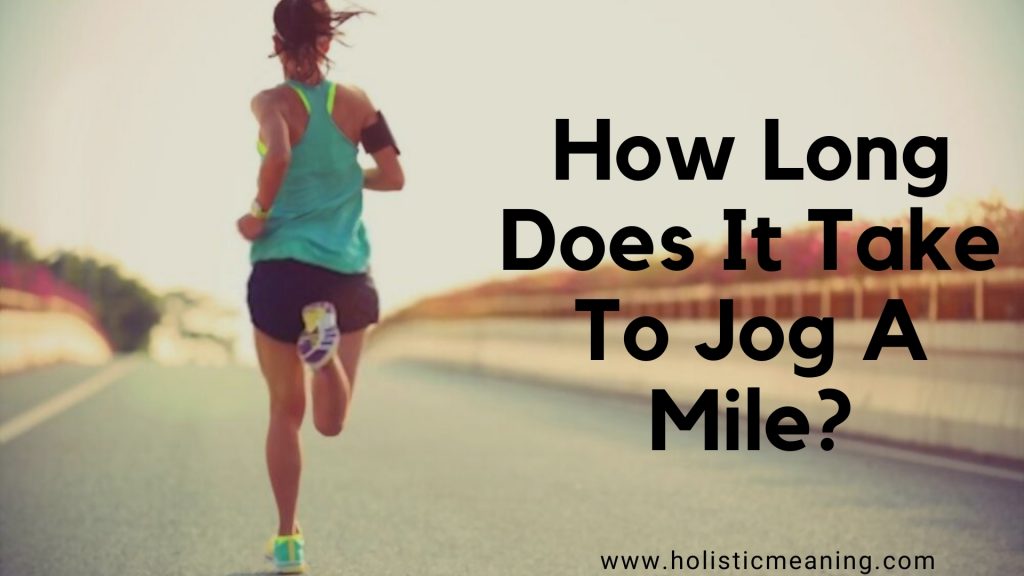
We’re an affiliate! We hope you love the products we recommend! Just so you know, we may collect a share of sales or other compensation from the links on this page. Thank you if you use our links, we really appreciate it!
What’s so good about that glorious distance, miles (1.6 km.) Miles? Anyone can do it, including you … and the fastest athlete of all time
Whether it’s accomplished by running around a soccer field, chasing your dog around the park, or just a few blocks from your neighbourhood, a mile is completely within your grasp. Many people can cover a distance in fewer minutes than a latte in the morning. Seriously, this is very little.
But with the 1,609 meters, a lot can happen: races are won, records are broken and new runners are made. Because ultimately, more than four laps around the track, almost everyone seems to be faster and more impressed with the race. In addition, training a fast mile also helps increase performance in all other distances or in any other sport.
- Derived from the Latin word “mill” or thousand, I was originally measured as 1000 strides.
- Over time, the interest of runners to conquer this old distance has increased substantially.
- Run your first mile, or the fastest
- 【QUIET ENERGY SAVING MOTOR】4HP Peak Noiseless Electric DC Motor 【EASY ON KNEES】Treadmill Comes with DUAL SPRING Shock Absorption System provides the...
- 【14.8 KM/HR TOP SPEED】Speed Range : 0.8 - 14.8 Km/Hr to achive your fitness goal.【6 LEVEL MANUAL INCLINE】Helps to Burn Calories at Remarkable Faster...
- 【LED DISPLAY】Monitors Your Time, Speed, Distance, Calorie & Hear Pulse 【LARGE RUNNING AREA】1260 x 430mm Running Deck with 6 Layer Grass Texture Running...
- 【MULTIFUNCTION UTILITIES】 Massager, Dumbbell, Sit-Up Bar Attachments 【SPACE SAVING TREADMILL FOR HOME】This Treadmill has Folding Mechanism which makes...
- 【Personalized User Weight Capacity】A choice aligned with you. With a maximum user weight capacity of 110 kg,PowerMax Treadmill accommodates various users....
Last update on 2024-07-26 / Affiliate links / Images from Amazon Product Advertising API
How Long Does It Take To Jog A Mile – Timings Matter

Do you remember walking miles at a time in gym class during the day? It obviously wouldn’t have been beautiful, but it was. And you can do it again, but quickly.
Instead of covering the entire mile, you should divide it into sections. It’s much more manageable to work on your skills in 90-second intervals. When you go (miles (400 meters) in 90 seconds, start working to go ¼ miles (800 meters). If you can go ½ miles in about 3 minutes, you’ll be excited to see that you can keep going? your knees to avoid cutting them.
Psychologically, your brain looks at the 6-minute mile and says “Wait a minute, are you crazy?
Do high-intensity interval training: This is probably one of the best things you can do to improve your time and overall athletic performance. It is like a short run, but repetitive and cyclical. For example, you can screw for one minute, rest for another minute, and repeat the process for about 8 cycles. Over time, the 6-minute mile will feel like a leisurely walk in the park.
As you improve, you can increase the duration of the intensity. Set to run 75 seconds and then 45 seconds to rest. Continue in small increments until two 3-minute intervals are achieved. So all you have to do is divide them together.
Work on your endurance with long-distance running: During training, you should run beyond the 1 mile (1.6 km) goal. Speed isn’t the only thing that matters, stamina will also help you move forward. Therefore, you should take a short break from speed training and go for a run to complete your running routine. If you regularly run 5 miles (8 km), the challenge of just 1 mile (1.6 km) will be much less challenging.
The third element (besides endurance and speed) in this equation is a force: To increase this speed to your body, you must be trained. Using the track to walk kilometres will not give you as many benefits as a mountain route. When you’re on flat terrain, you can increase your heart rate and tighten your muscles on steep terrain to prepare them for the race.
Learn to run a mile (400 meters) in 1:30 minutes, then miles (800 meters) in 3 minutes, then 1.2 miles (1.2 km) in 4:30 minutes, and finally try to reach the goal of a mile ( 1.6 km in 6 minutes). You need to find a route where you can easily see the distance markers, take a stopwatch, and see where your feet take you. The only way to know how high or achievable your goals are.
If you have set a 6-minute goal for yourself because you are a competitive runner, there are some mechanisms that can help you move forward and reach the final goal:
Start strong: As long as you are not playing a surprise winning card, there is no need to press for the Nifty Last Play. First, you must stay close to the front group to avoid encountering a multitude of obstacles.
However, you should avoid the pressure of being in primary possession from the start, as that person sets the pace, breaks the air, and experiences severe pressure on their heels. Over time, you will get tired and “it” will make you lose your breath. Make sure you do your own run. The biggest mistake you can make in a medium or long-distance run is during the first minute (i.e., sprinting).
If you are going to run on a training track, you must pass the straights. If you try to pass the runner ahead of you on a curve, you are actually walking a little further to displace that person. Actually, it’s just a waste of energy.
Try more in the third round: You should deepen your breathing, soften your stride, and try a little harder. Your mind will stop before telling you that your body forces you. If you push yourself a little harder at this point than you did in the first two laps, your speed will either stay constant or improve. You have to feel like you’re running fast on lap three to keep up. Also, it will be very easy for you to do your best on the last lap, so you will improve your time with just a little effort at this point. Once you can see the finish line, you can almost always gain momentum to finish strong.
Focus on the form, the breath, and what is in front of you. Also, once the puff starts, you should focus on maintaining shape and lifting your knees a bit more. Don’t get distracted by the crowd of fans, coaches, or your feet. Keep your head and your eyes on the prize and don’t get distracted. A second look can waste your time.
- Lifetime Frame Warranty, 3-Year Motor Warranty, And 1-Year Parts & Labor Warranty
- 2.0HP DC Motor
- 15-Level Auto Incline for intense workout
- 7” TFT Color Touch Screen display powered by Android OS - Speed, Time, Distance, Calories and Heart Rate
- Max User Weight: 120KG
Last update on 2024-07-26 / Affiliate links / Images from Amazon Product Advertising API
How Long Does It Take To Jog A Mile: Smarter and More Patiently

Learn the correct way to breathe. Breathing fast is a bad habit among many people. You should avoid this practice. Make sure to breathe deeply, so that the air is slowly coming out of your mouth through your nose. Inadequate breathing can cause muscles to wear out prematurely.
Try to keep up while running. You should breathe every 3-4 steps. If you stay in sync, you have to focus on something.
Always warm and cool your muscles: You have to warm up your muscles to become a speed machine. Otherwise, it prompts them to have to do things they are not prepared for, and they will break down and rebel. So you should do some jumping jacks, burping, lifting your knees and jogging instead of touching your buttocks with your feet to loosen up and prime your body.
With a good stretching session you should refresh yourself after each workout. This process will help reduce your heart rate and the intensity of your runs. In addition, it protects the muscles and prevents them from blocking.
Learn a good method of execution: Running the wrong way not only puts you in danger, it also wastes energy unnecessarily. To get a mile in 6 minutes, you need to run as efficiently as possible. You must take into account the following:
For your upper body, make sure you are looking towards the horizon and not anywhere else. Keep your shoulders loose. If you notice that they are stiff, you should hit them hard to relieve stress. Keep your back straight and your elbows at a 90-degree angle with your hands in a loose fist.
For the lower body, be sure to hit the ground lightly (calm, fast) with your midfoot and roll forward by twisting your toes. Raise your knees slightly, keep the strings short, and your feet descend directly under you. Try to feel like you are jumping off the ground.
Exercise your arms, legs, and torso: Since you will need strength for many miles, it is also useful for exercising your body. Include squats, lunges, planks, sit-ups, and push-ups in your diet to keep your muscles ready for optimal performance.
Also, incorporate free-weight training in to your routine: Perform bicep curls, tricep extensions, or hammer curls to work your biceps, triceps, forearms, and shoulders. You can use your arms even when you are in front of the TV.
Stay hydrated: If you are dehydrated, your body will not function at its best. Make sure to drink plenty of water every day because you’re going to work really hard, so you should drink a glass or two before running. You must do this even after the race to change the water your body loses.
However, if you drink coffee (black coffee) before the race, it will give your body a blast of energy. Just don’t trust this item and definitely don’t overdo it or rely on it during the big day. You never know how caffeine will react in your body and digestive system.
Eat well before (and after): Running a marathon is one thing, but running a mile is quite another. No need to recharge carbohydrates or any other similar item. You should avoid it about an hour before the race (but make sure you have your last meal). Focus on the intake of complex carbohydrates, proteins, fruits and vegetables. Don’t run if you are starving.
A piece of fruit (like a banana, an apple, or a peach) can provide you with a safe, natural sugar rush. It is also good that you eat muffins or some oatmeal.
If you are interested, you can try the energy gels: This constitutes a burst of energy for your system that can make you reach your goal faster in a few seconds.
Reduce your weight: Your body has to reach the goal. If you are overweight or have a few extra pounds for your body shape, this detail will set you back. An extra 2 to 5 kg (5 to 10 pounds) can make a big change in your health and your body needs to increase the amount of exercise. If you want to lose weight and can, you should strive to reduce your running time.
That said, you are going to need more muscle. So don’t start losing calories, losing weight and practically losing muscle when you’re done is like losing muscle. If you are an acceptable weight for your height then that is fine.
Get some good athletic shoes: There is a chance that you will eventually injure yourself while running. Wearing good shoes can improve your time, so find a good pair at a running supply store. Many people like the first pair. Avoid doing the same. You need to know what to look for to achieve optimal performance. Talk to an employee about the right shoes for “your” feet. You can keep the following tips in mind:
The heel and upper should feel light but comfortable: You should be able to get your foot out of the shoe when it’s tied up.
Your feet naturally swell throughout the day and during your run, so make sure you have enough room for your toes, about the width of your toe. If you want to be more careful, you can buy your shoes at night, when your feet go up to the maximum.
- Warranty Details: 3 Year Motor Warranty, 1 Year Parts Warranty & LifeTime Frame Warranty
- Technical Feature:Time, Speed,Distance, Calorie, Pulse, Fat Measure
- Running Surface(LxB): 580 x1450 mm (23" x 57")
- Motor Power: 5 HP Peak
- Maximum User Weight: 130 Kg
Last update on 2024-07-26 / Affiliate links / Images from Amazon Product Advertising API
How long does it take to run a mile for a beginner?
You can do a lot of things in six minutes: have a beer, choose the outfit you’ve been waiting for all week … and if you’re smart, even train a race (the real ones) Huh?
You may be more familiar with the usual 10-kilometre and 5-kilometre marathon and half-marathon performances, respectively, but more recently, one-mile (roughly 1.6 kilometres) competitions have invaded the United States. Joining one is a great option: in addition to not reaching two kilometres, running at high speeds and doing high-intensity workouts in the intervals necessary to achieve it is a benefit for your whole body that will give you complete cardio. It will help to rethink.
There’s a good reason athletic superstars like Usain Bolt can boast of impressive bodies. “Intervals of fasting allow you to improve muscle endurance, but also achieve explosive muscle fibres, which often don’t last long,” says exercise physiologist Heather Milton of NYU Langone Health. “Training to run a mile is a great way to maintain muscle while staying in good aerobic shape.”
Working at high speed also helps unlock your full long-term running calorie-burning ability. A 160-pound man burned about 120 calories in about six to 10 minutes, according to Runner’s World. As you build timed kilometres into your routine, you can go more miles and burn more calories at the same time. Also, the training required to run shorter distances is less likely to cause injury.
Yoga to Lose Weight from Hips and Thighs
Also, another great advantage of these short distance races is that they hardly need any preparation (trust no one, themselves). “Mileage training is good for anyone who doesn’t have free time,” says Steve Finale, coach and head coach of the Brooklyn Track Club. “You can run two or three days a week and still go out and have a good time.” This speed training is ideal for all spectators, whether they are high or low in physical education.
Training to run a mile
Even running less than a mile requires good equipment. To run, you will need footwear that gives you lightness and speed, since they do not require cushioning like marathon shoes. Some options might be New Balance Fuelcell Rebel, Reebok Floatride Run Fast, and Nike Air Zoom Pegasus 36.
To improve your time, you must first get to know them. “In the beginning, try running a time trial to see where you started,” recommends Jess Woods, running coach and ultramarathoner at Nike +. “This will tell you your current fitness level and help you set realistic goals for the next race.” To mimic race conditions, Woods suggests tackling this position on a track or sidewalk, but the treadmill can also help if this is the only option available.
Once you have a baseline, Finale suggests a three-day training structure: a pace day, a longer interval day, and an easier run (or recovery) day.
Speed to run a mile
Get out of your comfort zone: run a mile as a warm-up, then immediately run four 400-meter intervals with a 90-second rest between each. Then he runs two 200-meter intervals and completes the half-kilometre run.
But here is a key: you must accelerate with each interval. For anyone who wants to go a mile in six minutes, Finale, for example, suggests starting the race just above that pace. “We are looking for a progression,” he explains. “Your last interval should be ten seconds faster than before.”
Long interval to run a mile
A little less speed, a little more stamina. Try running two 800-meter intervals with a two-minute recovery period between each. And while it may be tempting to redo the test this time as a workaround, Woods suggested it’s best to wait. “You have to avoid being tired. Save that race for later.”
health benefit to run a mile
Achieve a challenging pace but can be completed in 30 to 40 minutes. For our six-minute wish, your recovery run can be about eight minutes per mile. “You” would definitely see the translation of speed training to run longer, “says Finale.” Don’t be surprised if walking a few miles seems easier and faster than before. ”
The day has arrived time travel
There are many factors that affect the time in which a person can take a time trial: experience, sleep, stress levels, among many others. But you will get there faster. “Slow starters may see a significant reduction in critical travel, while professional runners will not enjoy more than a few seconds. Keep in mind that both are legitimate and both are winning,” says Woods.
Just like on race day, remember how you run those intervals on your sprint day and don’t get too excited when the gun is fired – start quietly, hover slightly above your target, and every quarter. Increase your speed with miles. Three-quarters of the way, you’ll give it your all “It’s going to be more difficult in the end, but that’s when you have to rely on your training,” says Finale.
And remember: it is only one mile. After six minutes, you can enjoy that beer and relax for as long as you like.






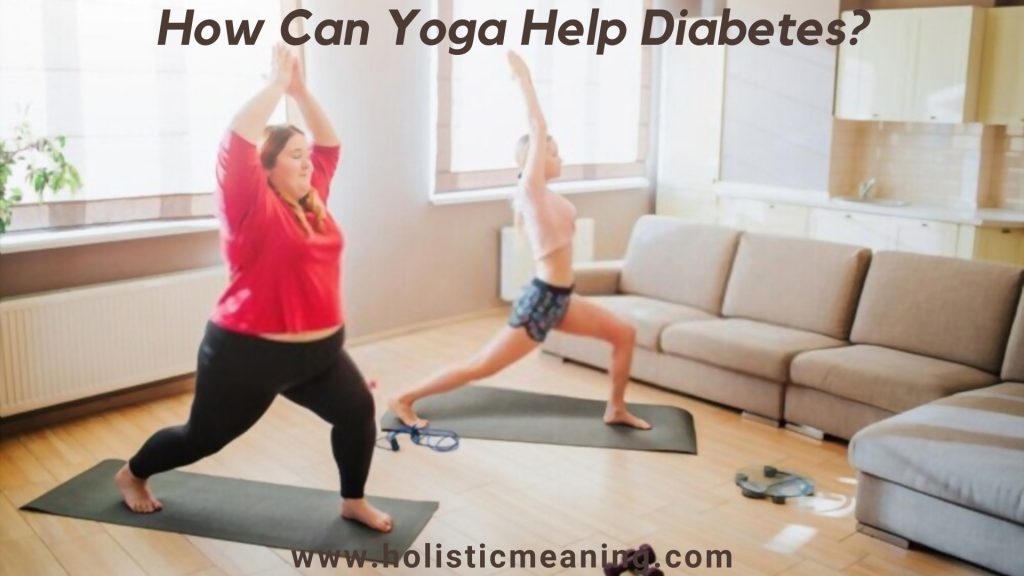





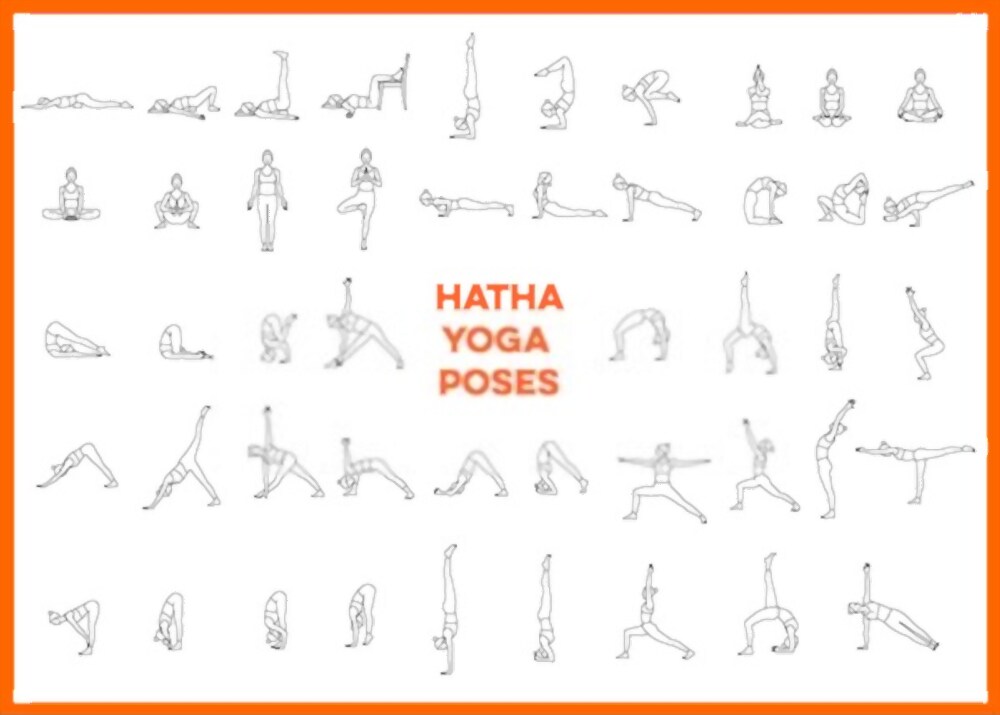

![Yoga For Diabetes Type 1 & Type 2 in 2022 18 Yoga and Diabetes [Hardcover] Dr. Ajay Vasantrao Gulhane and Lokesh Thani](https://m.media-amazon.com/images/I/519XaojJD9L.jpg)
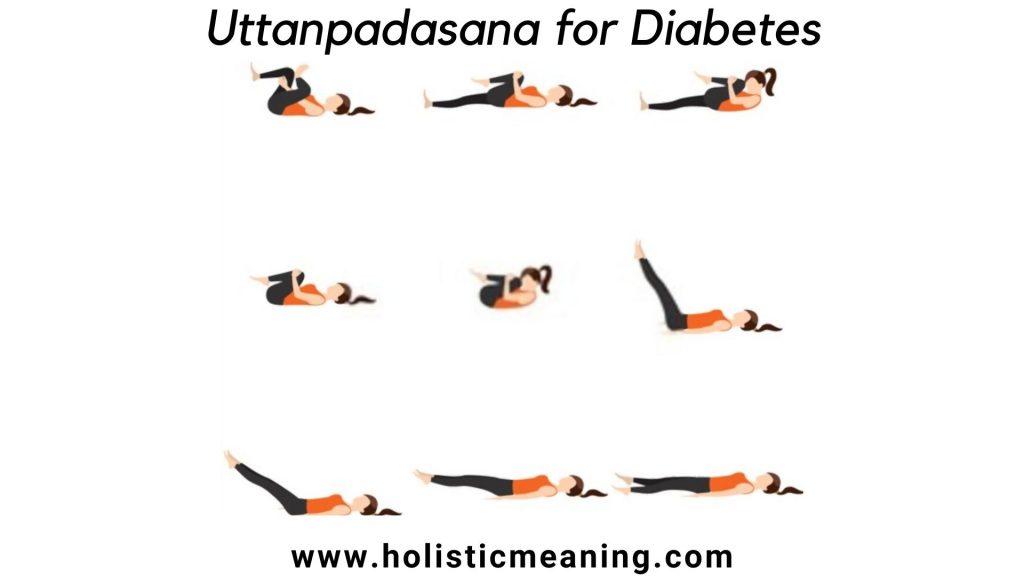




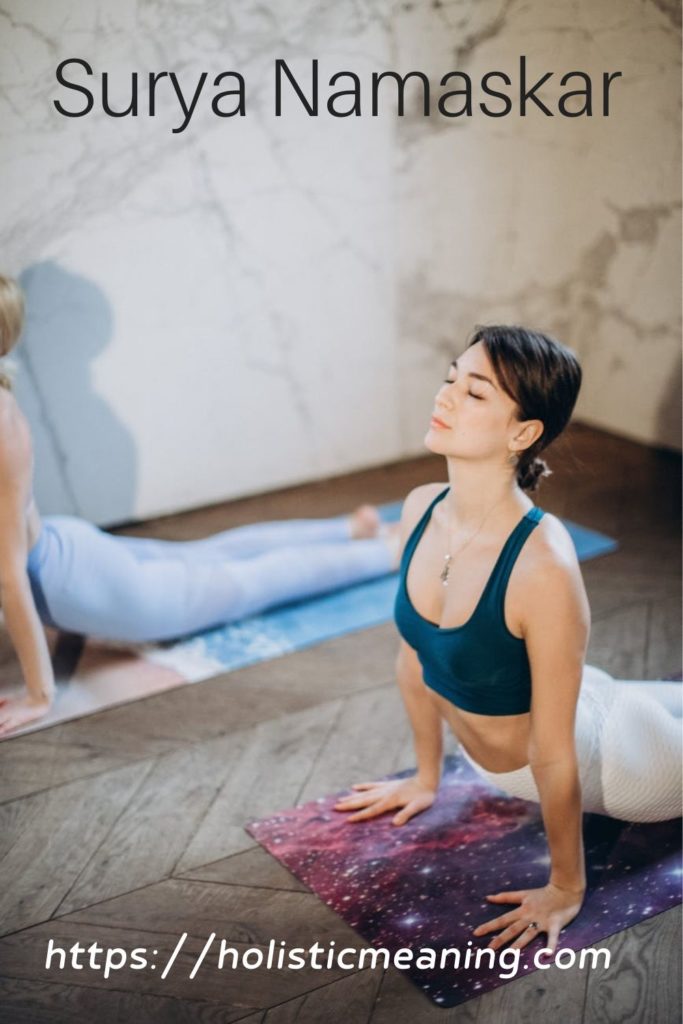


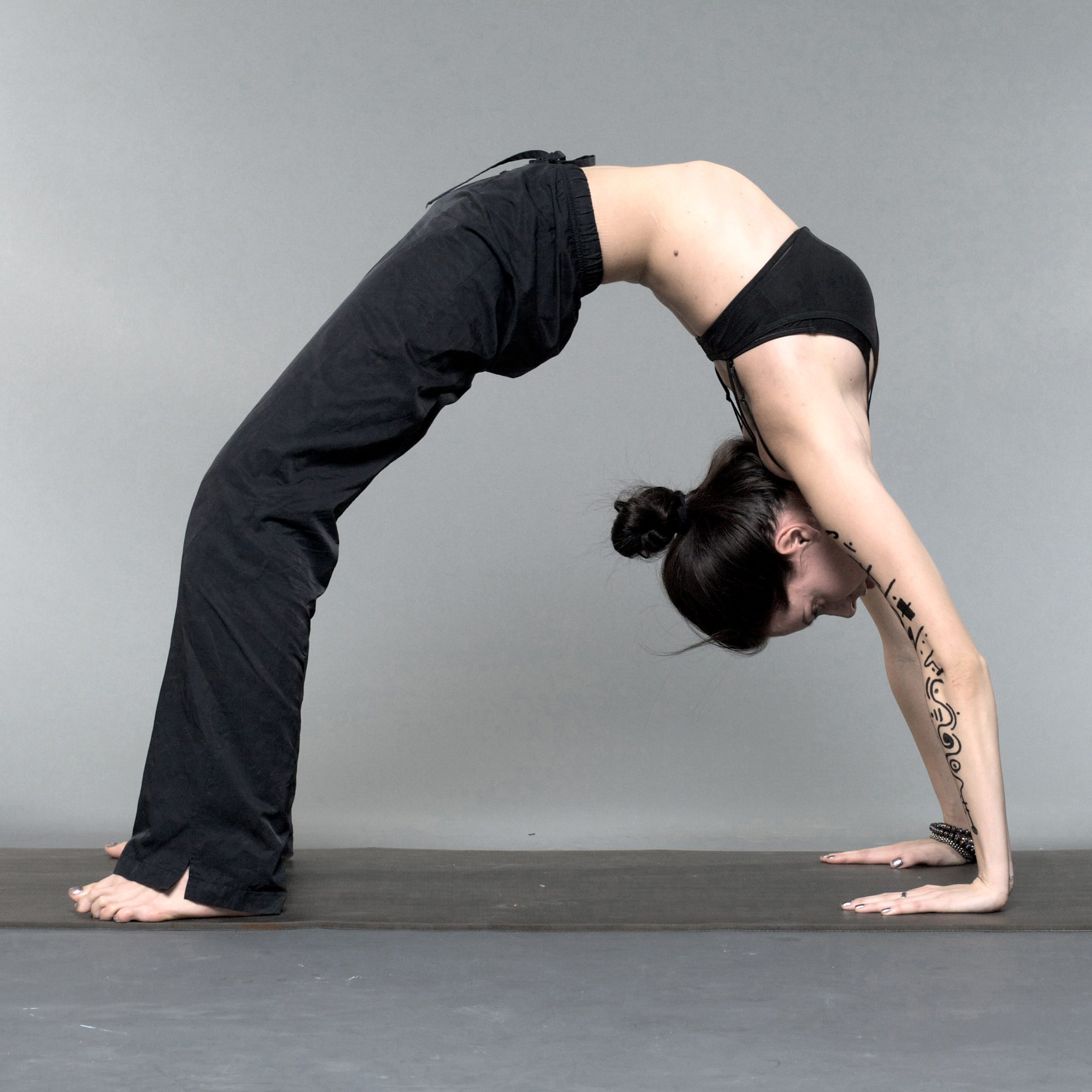
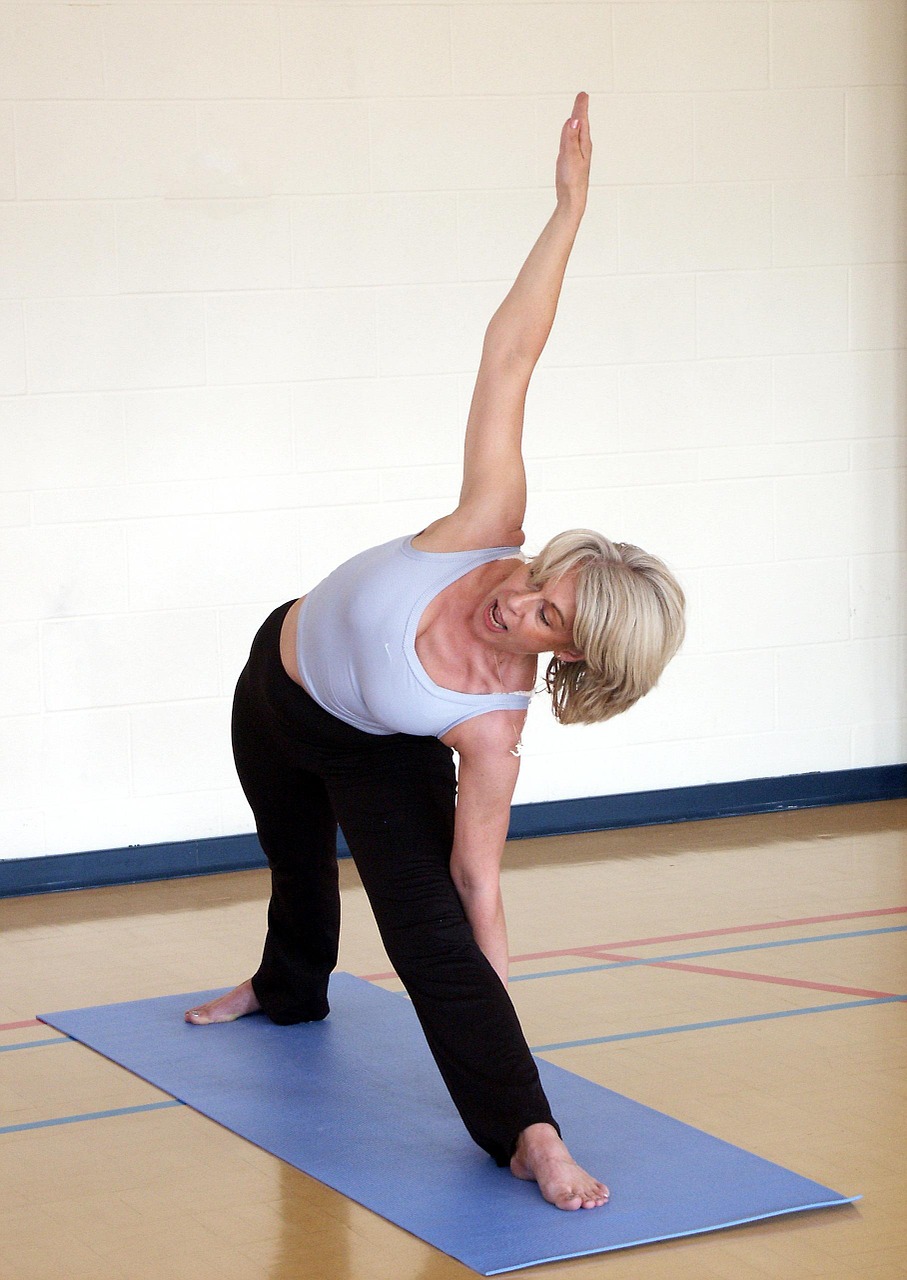


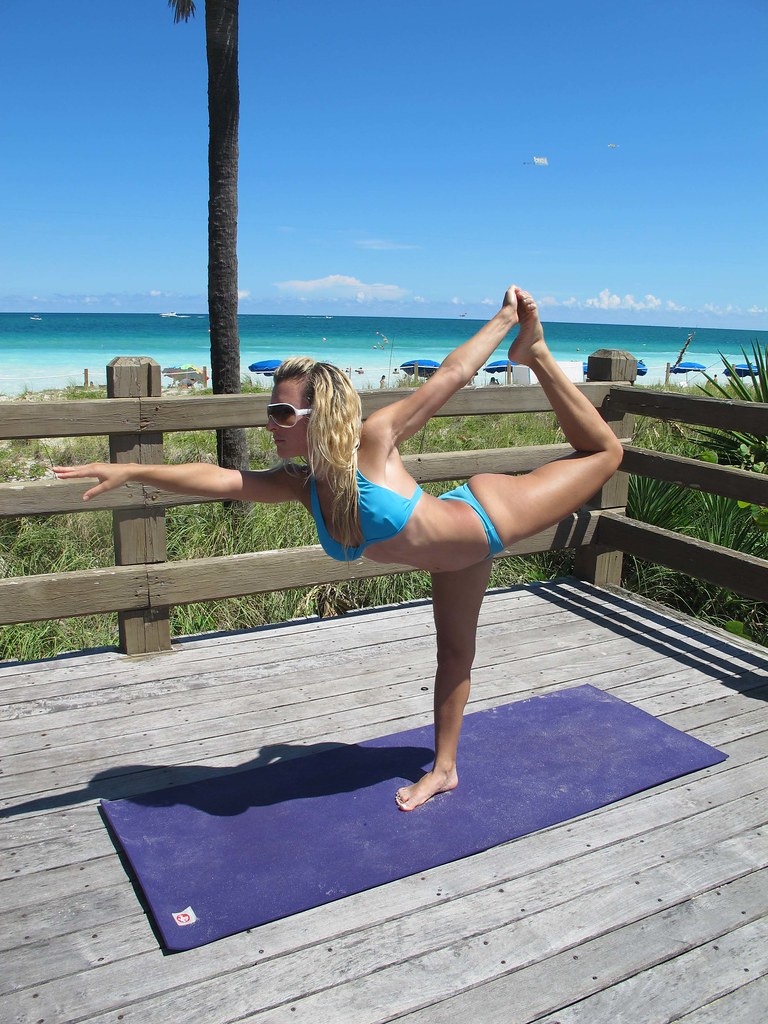

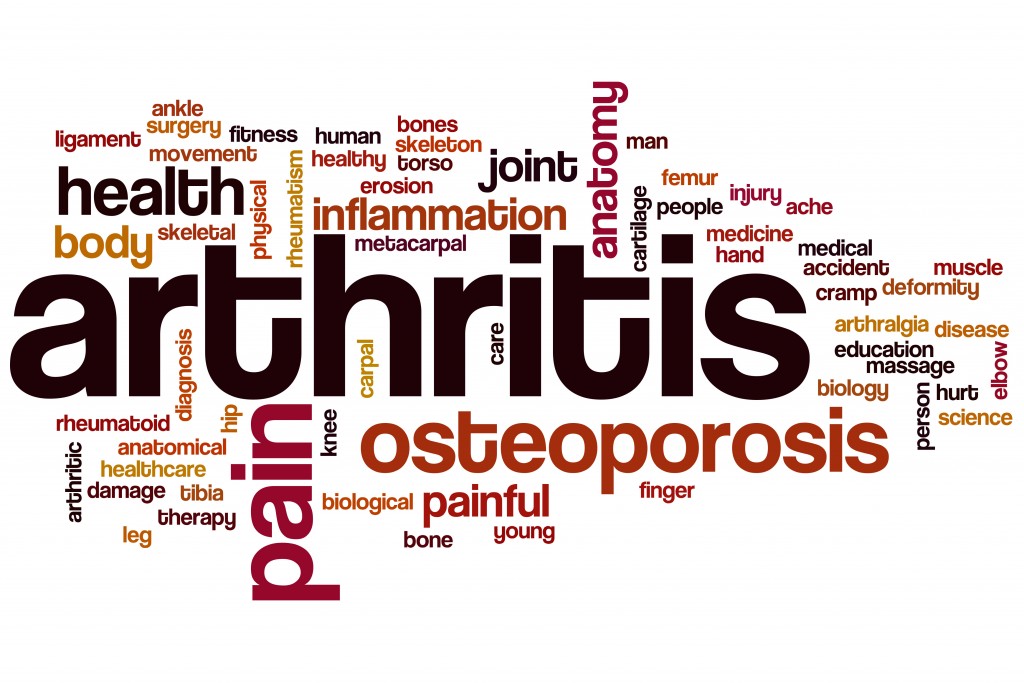

:max_bytes(150000):strip_icc()/senior-couple-riding-bikes-in-park-145071289-5b0169df43a10300377798c9.jpg)